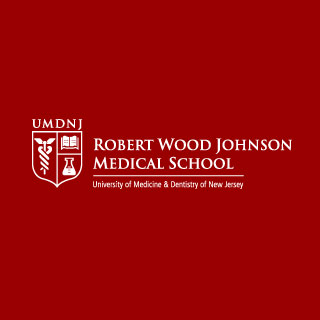
Despite a decline in SIDS apparently related to a rise in safe-sleep practices for newborns and infants, the condition continues to be a threat to infants. The new analysis apparently identified that over 96 percent of infants who died of SIDS seemed to have been exposed to known risk factors. Sleeping on their side or stomach, or exposure to tobacco smoke were some among them. 78 percent of SIDS cases in addition appeared to have multiple risk factors.
The investigation claims to offer evidence that in spite of the dip in SIDS, health care providers must make continuous efforts to comprehensively educate parents and other caregivers about infant care. They must reportedly pay attention to all identified risk factors that may have been recommended by the American Academy of Pediatrics (AAP). This study was put forth by Barbara M. Ostfeld, PhD and Thomas Hegyi, MD, professors in the Department of Pediatrics at UMDNJ-Robert Wood Johnson Medical School.
The CDC states that in 2005, approximately 2,234 infants died of SIDS in the U.S and 44 of those deaths took place in New Jersey. An observance of the analysis is that since the onset of public health initiatives during the 1990s, the incidence of SIDS has apparently declined by more than 50 percent. The most notable among these efforts are the AAP’s ‘Back-to-Sleep’ campaign that helped raise awareness of infant care practices that increase the risk of SIDS. This latest study however indicates that the risk-reduction education needs to be more complete.
“It is important that health care providers communicate all of the risk factors of SIDS ideally during the prenatal period as well as at birth and throughout the first year of an infant’s life,†shared Dr. Ostfeld, who also is program director of the SIDS Center of New Jersey.
“Risk-reduction education of new parents and all other caregivers, such as grandparents and babysitters should be detailed,†further revealed Dr. Hegyi, who also serves as the medical director of the SIDS Center of New Jersey. “Parent’s questions and concerns should be addressed thoroughly.â€
According to the authors, guidance to parents concerning safe sleep practices must include the ‘Back-to-Sleep’ position as important. The position is known to be related with the lowest risk. In addition to this, it must also cover all other practices that may have been recognized as lowering the risk of SIDS as the AAP guidelines. Inclusive and not just limited to are avoidance of exposure to tobacco smoke, keeping of the use of pillows, quilts and soft or loose bedding in the infant’s sleep environment at bay, avoidance of any face covering, and avoidance of the use of a shared sleep surface during sleep.
Pediatrics published online ‘Concurrent Risks in Sudden Infant Death Syndrome,’ recently and it will appear in the journal’s March print issue.
